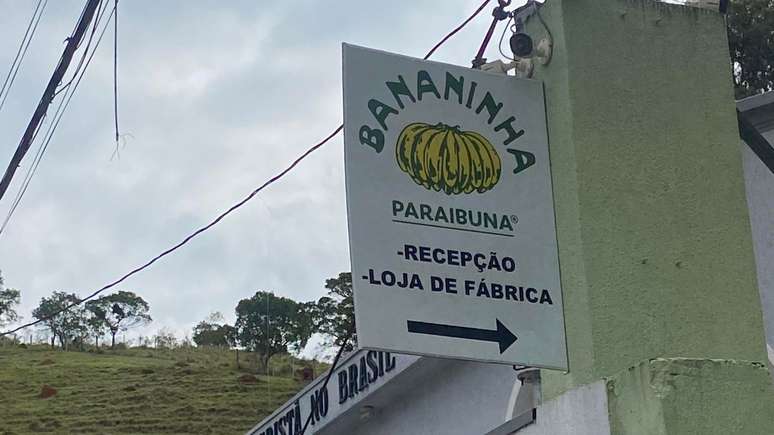Almost 50 years ago, the
Banana Paraibuna
It was born as an artisanal production of a family recipe in the city of Paraibuna, in the hinterland of São Paulo. The year was 1975 and Célio Geraldo, founder of the company, was producing artisanal banana candies in the back of his house. “My grandfather made bananas with sugar, which were then rolled into a jar, as we still see them today. He produced the bananas, put them on the back of a bicycle and took them [para vender] on Rodovia dos Tamoios,” says Letícia Paiola, Célio’s niece, who currently commands the operation. “I joke that Bananinha [Paraibuna] it passed from Rodovia dos Tamoios to the world.” And what began as a small family production became the classic image of bananas in the four corners of Brazil. But it didn’t stop there. In the 1980s, Célio created the sugar-free banana candy, made only of banana. Since then, new banana options have appeared: with nuts and chestnuts, chocolate coating, and even paçoquinha entered the company’s catalog. It is not possible to think of banana candy without remembering the green packaging and white bananas from Bananinha Paraibuna. This is why the company is part of the Vale do Paraíba & Mantiqueira gastronomic itinerary, made up of the tourist regions of Mantiqueira Paulista, Fé and Rios do Vale. We visited the banana production during the fifth edition of
Sao Paulo Flavor Festival
and we will tell you everything.
From banana to Bananinha Paraibuna
Bananinha Paraibuna factory, in Paraibuna-SP – Photo: Loyane Lapa
To produce bananas, Bananinha Paraibuna processes approximately 18 tons of bananas per day. Despite the large size, the candy-making process remains almost the same since Seu Célio’s time, even in the same space where the house was located. From pure bananas, not purchased pulp, the products are made without preservatives, gluten and ingredients of animal origin, receiving the seal of the Brazilian Vegetarian Society. The process is very manual, as if the plantain were prepared at home. The production phases work as follows:
- Peel the bananas: Yes, the bananas are peeled manually, as is done at home, since the use of machines would lead to a lot of waste. The company is also concerned with maintaining the family roots of the company and the employability of people in the region.
- Cook the bananas and remove the sweet part: As the name says: they are pure banana sweets. Bananas cook until cooked. For the nut mix, for example, it is added during cooking.
- Cool the candy: The cakes remain on the baking trays until they cool.
- Banana finish: In the chocolate couverture variants it is added after cooling. When it comes only to the banana with and without sugar, it is then packaged.
Source: Terra
Ben Stock is a lifestyle journalist and author at Gossipify. He writes about topics such as health, wellness, travel, food and home decor. He provides practical advice and inspiration to improve well-being, keeps readers up to date with latest lifestyle news and trends, known for his engaging writing style, in-depth analysis and unique perspectives.


-us06lnqz6sz4.png)





